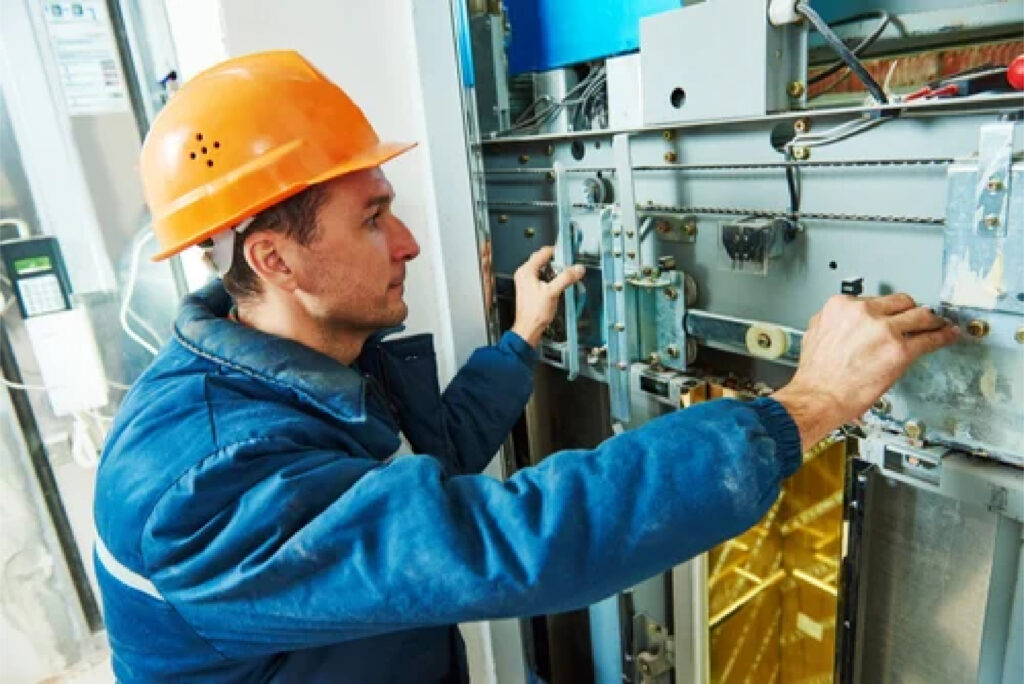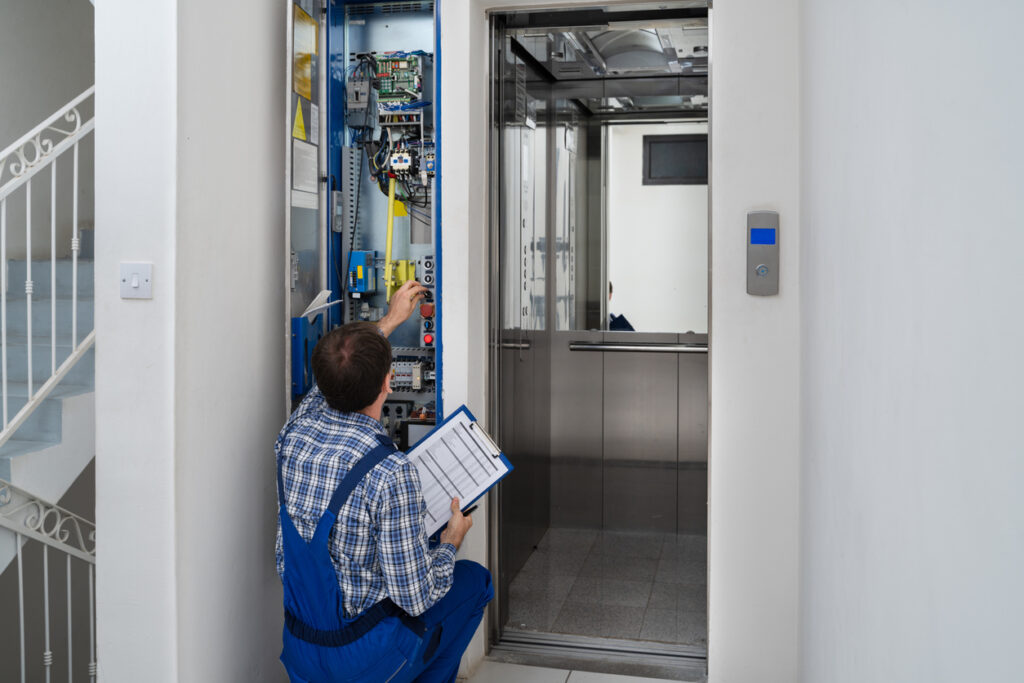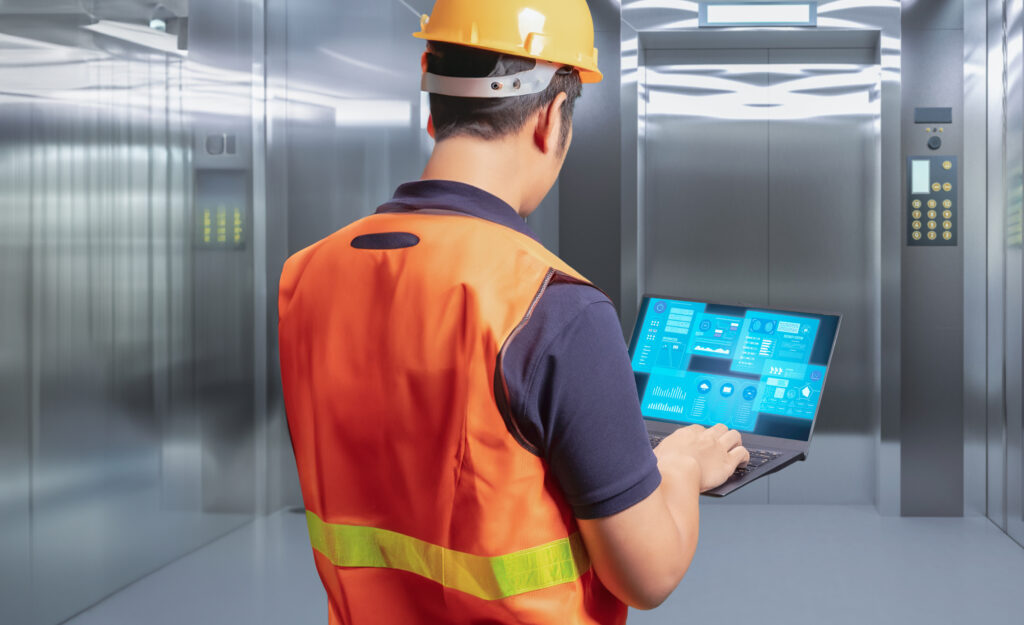RMR Elevator Company has a comprehensive range of services, including maintenance, repair, installation, and modernization of residential and commercial elevators.

*We offer maintenance services for all customers, with or without a contract.

Upgrading Control Systems

Monitoring of emergency phones 24/7 – available to both contract and non-contract customers

“Service is prompt in emergencies and office personnel is always a pleasure to speak to.”
Our straight time labor rate for a single mechanic is Two Hundred Sixty Three ($263) Dollars per hour. For a team of two men, our straight time labor rate is Three Hundred Ninety Four ($394) Dollars per hour. On overtime, our rates are Three Hundred Sixty Eight ($368) Dollars per hour and Five Hundred Fifty One ($551) Dollars per hour respectively.
If you choose to pay with cash, check or ACH, we will apply a 5% discount to the labor rate.On straight time, only travel time to the site is charged; time is charged portal to portal on overtime.
We reserve the right to charge a 2½ hour minimum and require a deposit at our discretion.




Customized solutions for safe, reliable and efficient elevators